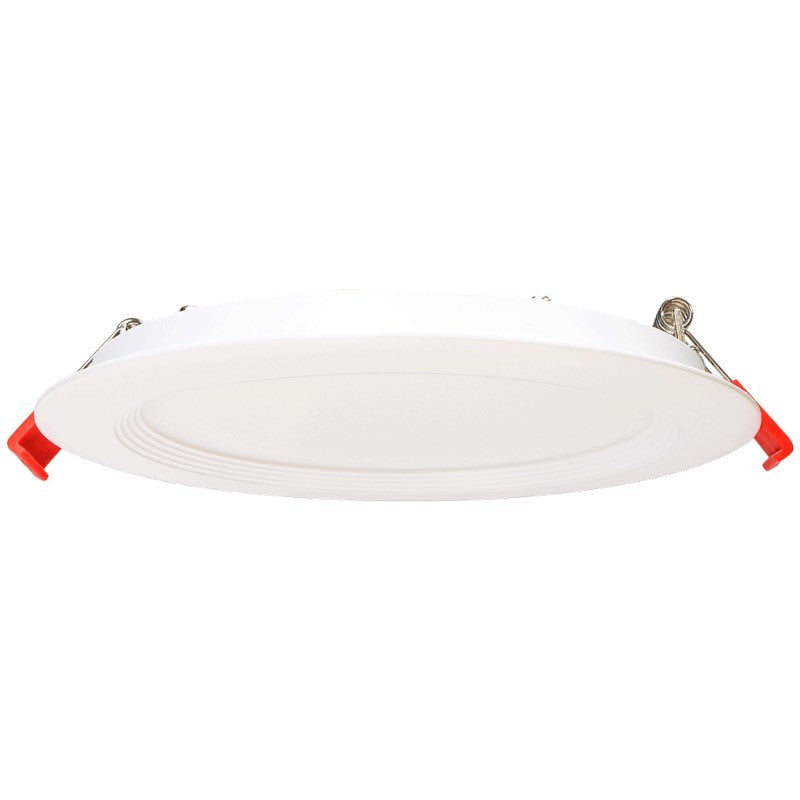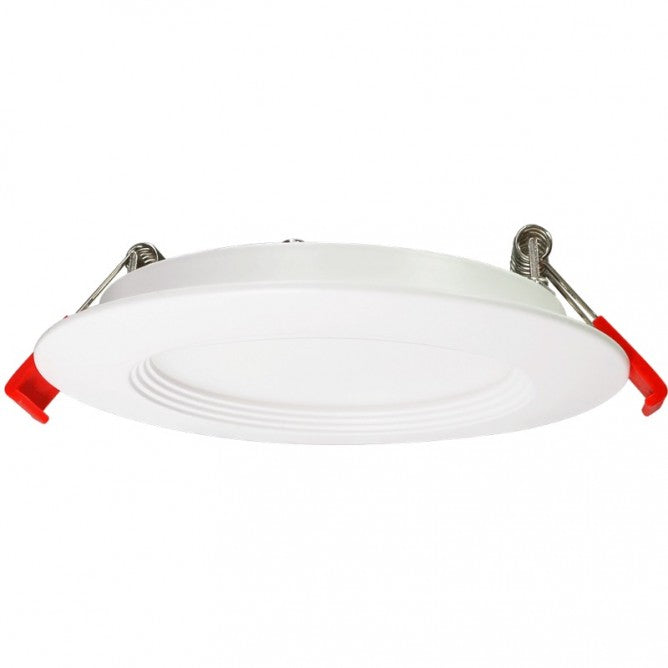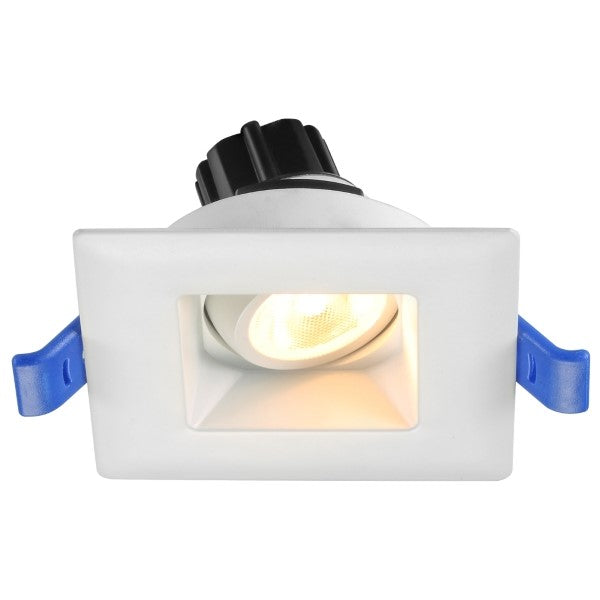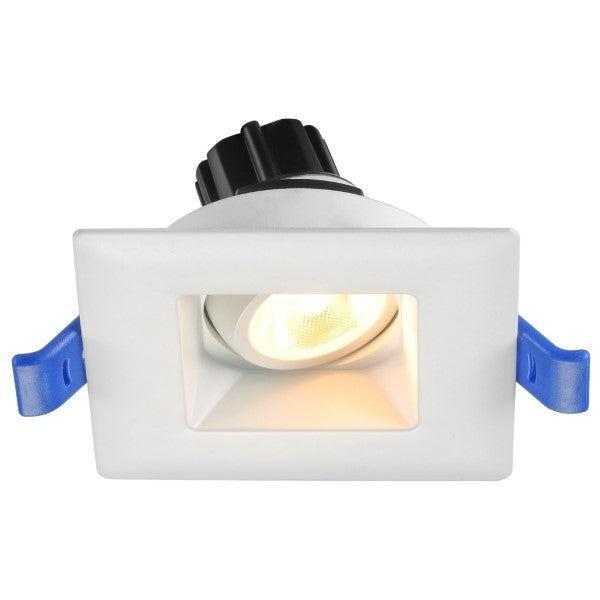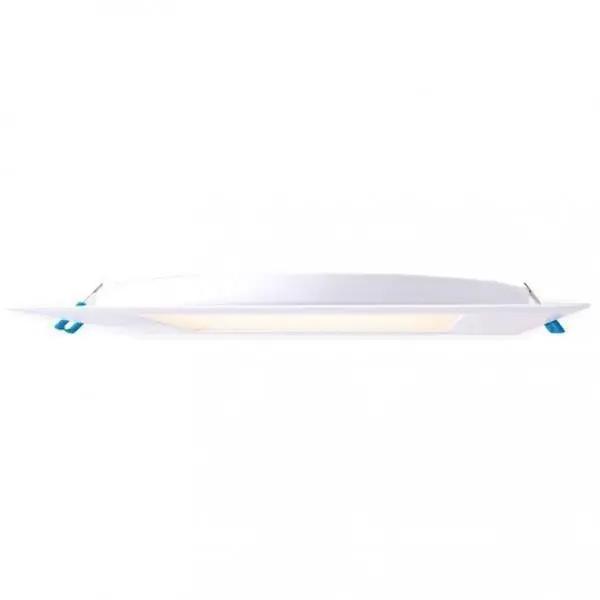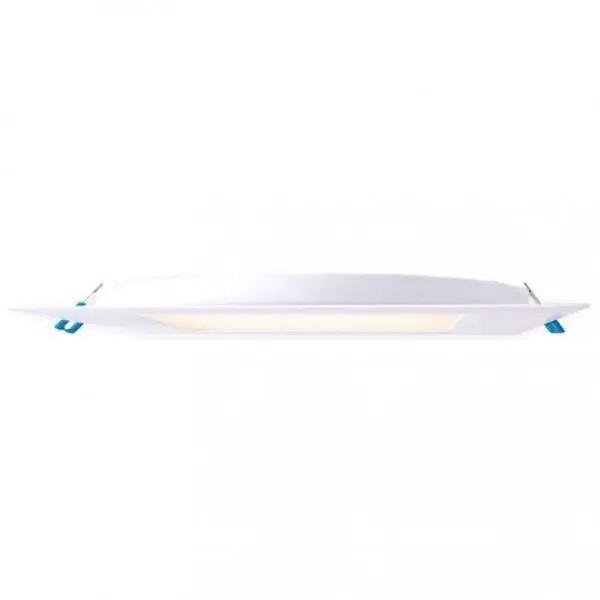Dining room lighting sets the tone for memorable meals and meaningful conversations. Fixtures in this space should offer flattering brightness while complementing your design style. Elevate your décor and create a warm, inviting atmosphere with our curated selection of LED dining room lights from Stars and Stripes Lighting.
Need Lighting Guidance?
Whether you're selecting the right bulb or designing a full lighting layout, Stars and Stripes Lighting is here to help. Our team is ready to assist with expert advice tailored to your style, space, and budget. Reach out by phone or chat — we’ll make it easy.


















